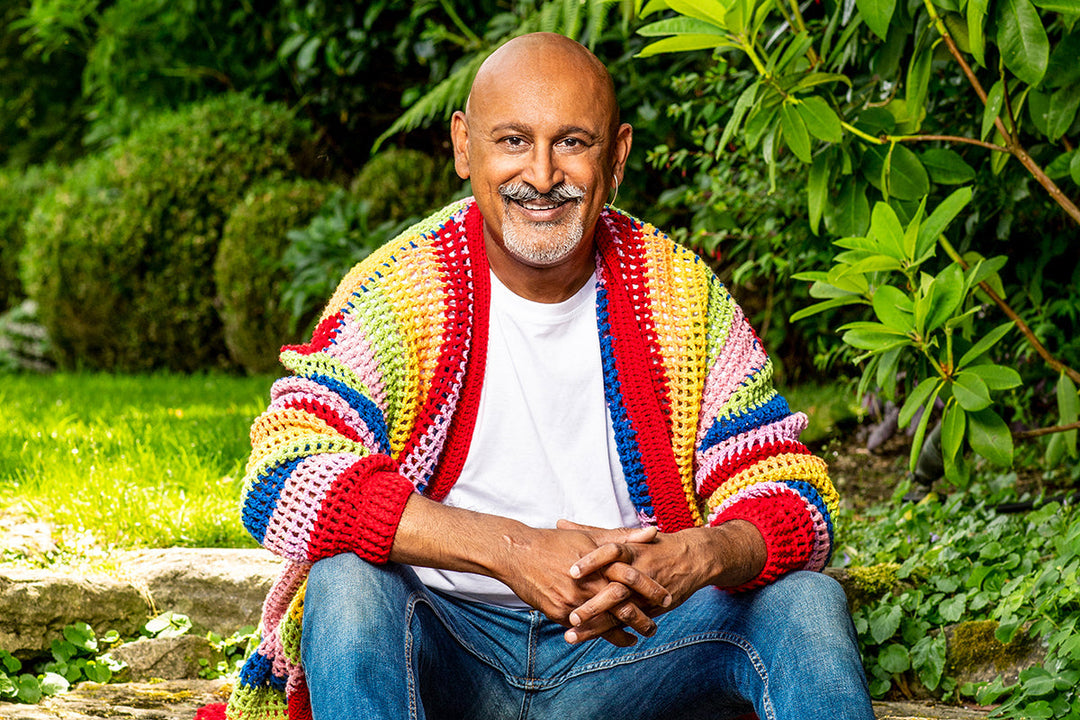Right royal gardeners

In helping to design and plant out the Back To Nature garden at this year's Chelsea Flower Show, the Duchess of Cambridge is continuing a long tradition of gardening amongst the British Royal family.
Prince Charles is well known as a thought leader, promoting organic cultural practices at his home in Gloucestershire. His thought leadership as a royal gardener comes from his "hands-on" "back-bending" approach to gardening at Highgrove. He has created there a fantastic garden on what was a blank grass canvass when he bought the house nearly 35 years ago. The Prince has always drawn on new ideas, and was a pioneer in the restoration of wild meadows, renewable heating systems in the glasshouses, reed and willow bed filtration systems for garden irrigation water, and organic techniques.
Other members of the royal family have a keen interest as royal gardeners. The Queen has private gardens within Buckingham Palace in which she has a large vegetable garden where she grows heritage varieties. She also keeps bees which not only help with pollination but produce honey for the royal table. Her gardens are also run on organic or low input principles. Mark Lane, gardens manager at Buckingham Palace mentions that 99% of green waste is recycled on site. Green waste includes grass cuttings, twigs, branches and "arisings" soiled straw from the stables in the Royal Mews.
Queen Victoria too was a well known gardener with Prince Albert. They famously developed their interest in fashionable European gardens at Osborne House, where they also planted hundreds of trees, a vegetable and fruit garden and cut flower beds. Their children were encouraged by Prince Albert to learn about growing food in their little garden beside the Swiss Cottage, and he even bought the produce from them at market rates. This was thought leadership of it's own time, encouraging royal gardeners to garden as an important educational tool. It introduced the nine royal children to the science of agriculture and horticulture as well as making a connections with the “normal life” of the British public.







